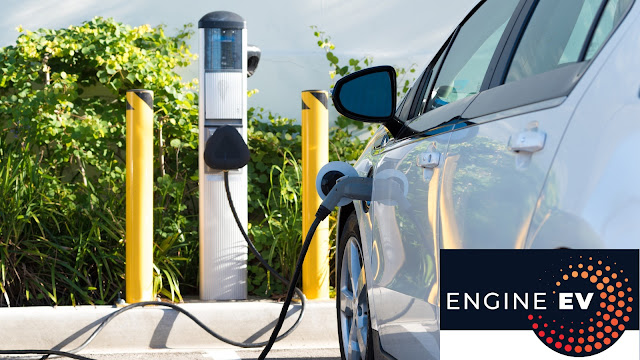In today's rapidly evolving world, the need for sustainable transportation options has become more pressing than ever. With the rise in popularity of electric vehicles (EVs), it is crucial for urban areas to provide efficient power access through the installation of electric car charging stations.
This blog post aims to shed light on the importance and benefits of electric car charging stations Melbourne for urban mobility and provide readers with a comprehensive understanding of the process involved in their installation.
I. Understanding the Need for Electric Car Charging Stations
The increasing popularity and demand for electric vehicles in urban areas cannot be overlooked. As more individuals and businesses recognize the environmental and economic benefits of EVs, the demand for efficient power access becomes critical.
However, limited access to charging stations can hinder the adoption of electric cars and limit the potential for a sustainable urban future. By installing electric car charging stations, cities can encourage the use of EVs, reduce greenhouse gas emissions, and enhance air quality. Additionally, the economic benefits of decreased fossil fuel consumption and increased revenue from charging services cannot be ignored.
II. Assessing Feasibility and Location Selection
Determining suitable locations for charging stations requires careful evaluation of various factors. Population density, traffic patterns, and existing infrastructure play a crucial role in identifying optimal locations.
It is essential to consider accessibility, convenience, and availability of parking spaces in order to encourage usage. Collaborating with local authorities, urban planners, and transportation experts can help to identify potential challenges and devise solutions for successful implementation.
III. Types of Electric Car Charging Stations
Electric car charging stations come in different types to cater to diverse needs. Level 1 charging stations use standard outlets and are suitable for overnight charging at home. Level 2 chargers, whether at home or public, offer faster charging times and are compatible with most EVs.
DC Fast Chargers or Tesla Chargers Melbourne, provide a significant boost in charging speed and are typically found along major highways or in public spaces. Understanding the differences in charging speeds, compatibility, and installation requirements is crucial for selecting the most suitable type of charging station based on individual circumstances.

IV. Installation Process and Considerations
Installing electric car charging stations requires careful planning and consideration. A step-by-step guide for installation can help both individuals and businesses navigate through the process.
Key considerations include assessing the electrical capacity of the location, obtaining necessary permits, adhering to safety regulations, and working with professionals or electricians to ensure a smooth installation. It is important to conduct a site survey and take into account the charging needs of potential users in order to choose the appropriate charging equipment.
V. Cost Analysis and Incentives
When considering the installation of electric car charging stations, it is essential to assess the associated costs. These costs include equipment, electrical upgrades, installation fees, ongoing maintenance, and more. However, it is important to note that there are potential cost-saving incentives and grants available at the local or national level.
These incentives can significantly offset the initial investment and make the installation of charging stations a financially viable option. Researching and exploring available incentives is crucial in order to make informed decisions.
VI. Public Outreach and Education
Creating awareness and educating the public about the benefits of electric car charging stations is vital for their successful adoption. Community engagement and outreach programs can play a significant role in encouraging individuals to embrace EVs and use charging infrastructure.
Collaboration with local governments, businesses, and organizations can help in organizing workshops, seminars, and awareness campaigns. By involving the community and stakeholders, a collective effort can be made towards promoting sustainable urban mobility.
Conclusion:
The installation of electric car charging station Melbourne in urban areas is a crucial step towards achieving efficient power access and promoting sustainable transportation options. By understanding the need for these charging stations, assessing feasibility and selecting suitable locations, and considering different types of charging stations, individuals and businesses can contribute to a greener future. Although there are costs associated with installation, potential incentives and grants can make it an economically viable option.
Public outreach and education are key components in encouraging the adoption of electric car charging stations. By working together, we can create a more sustainable and environmentally friendly urban environment for generations to come.
Source by - https://bit.ly/40LNFDP






